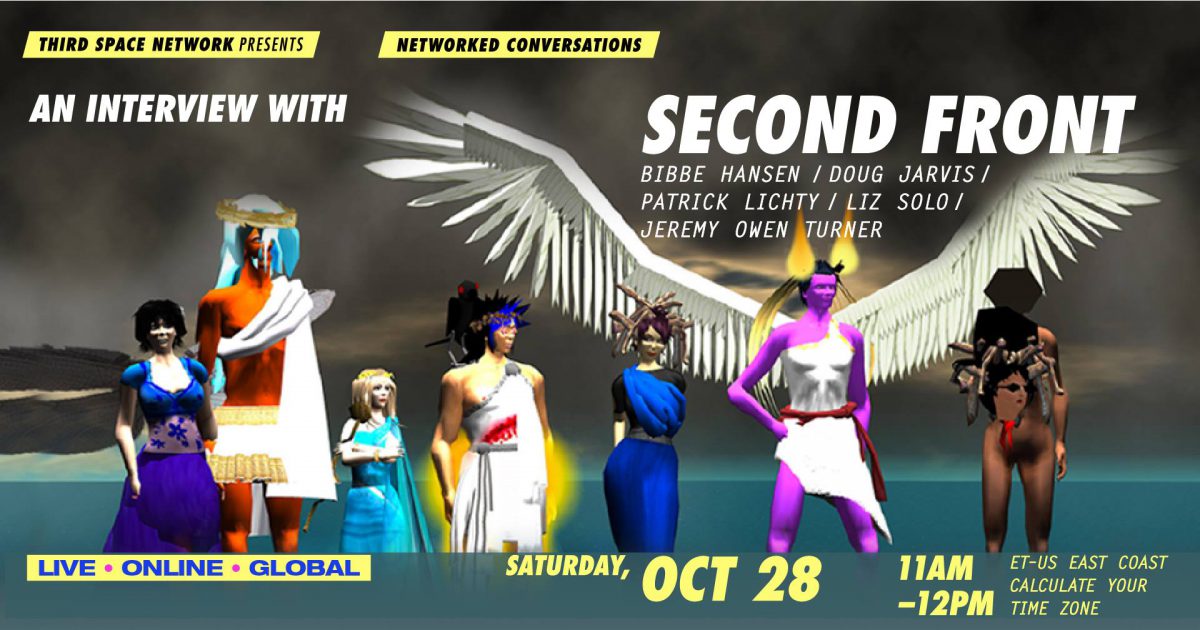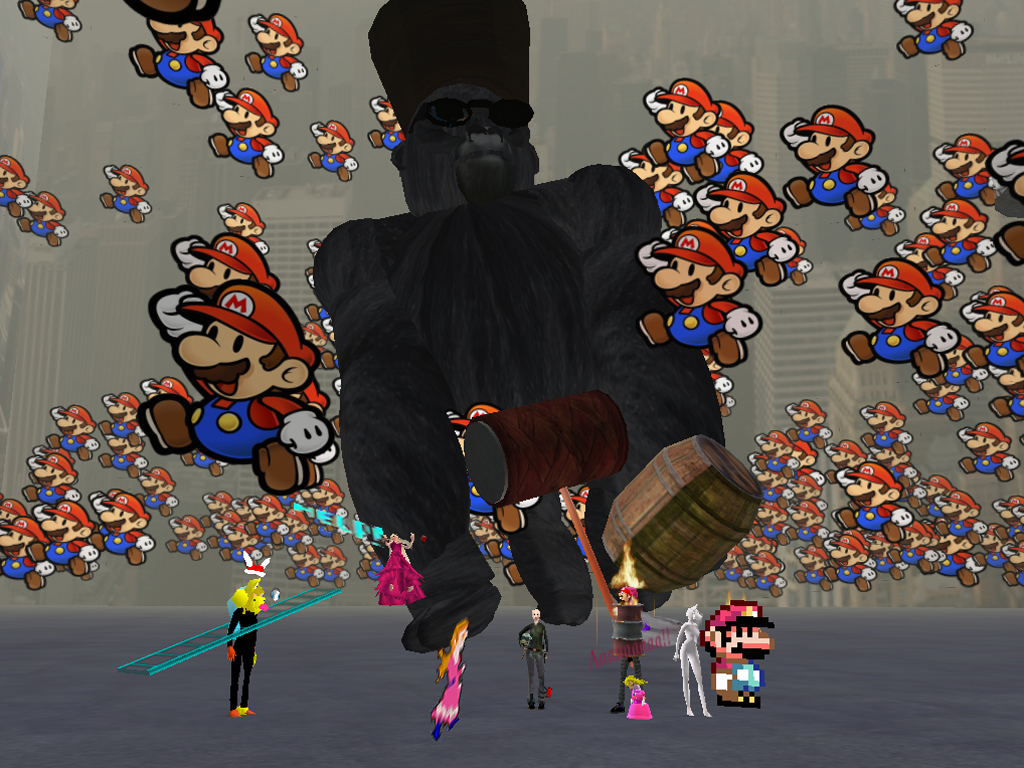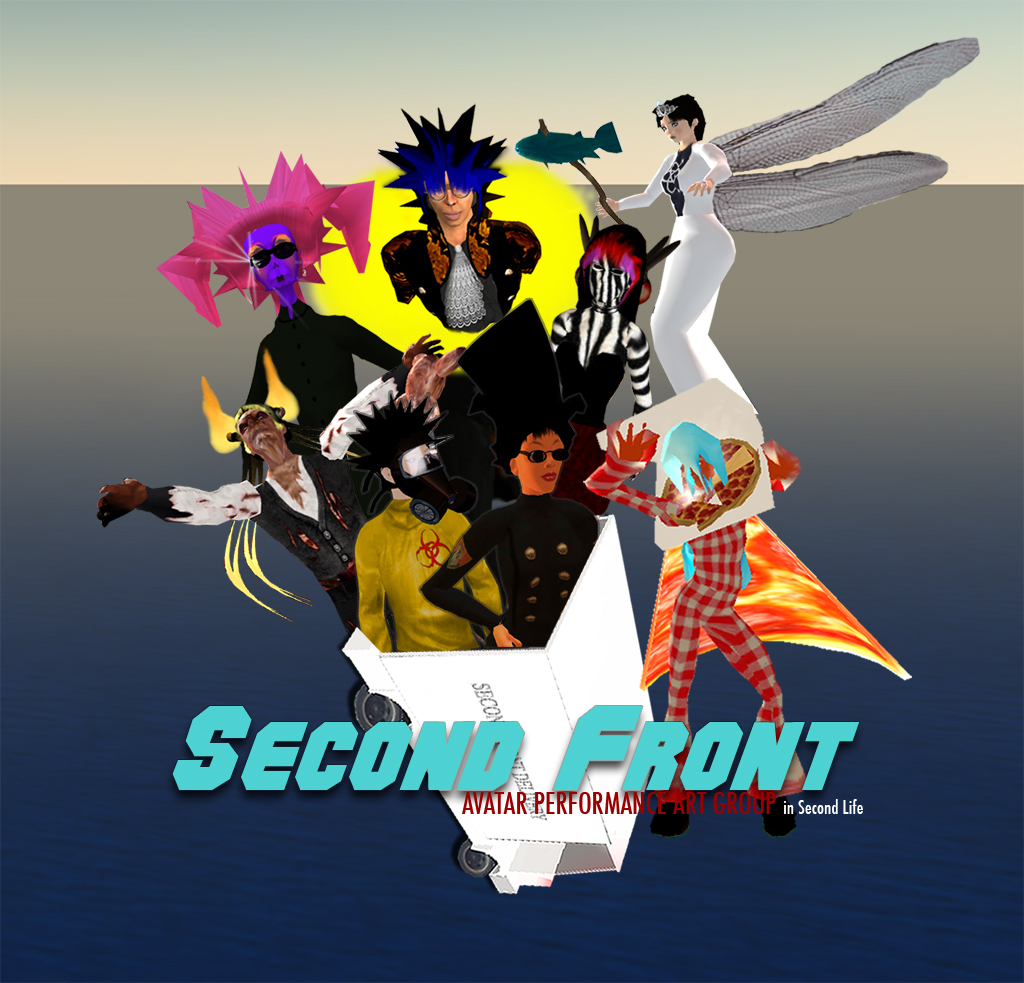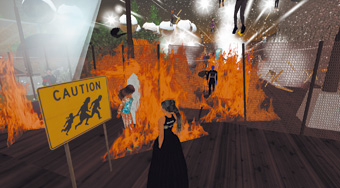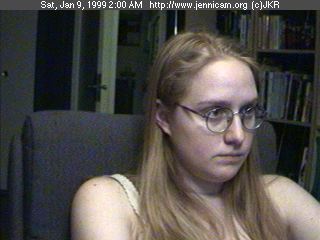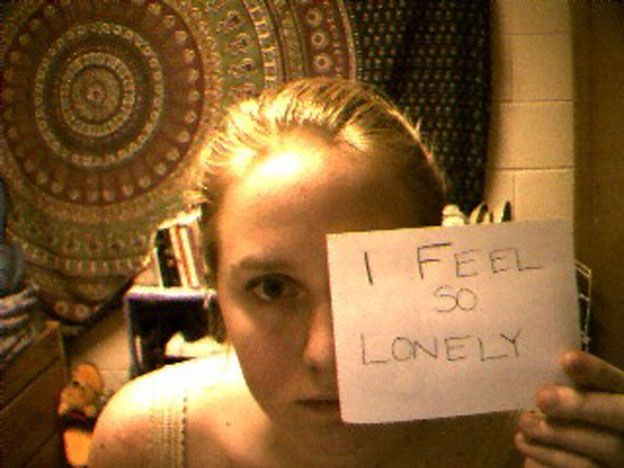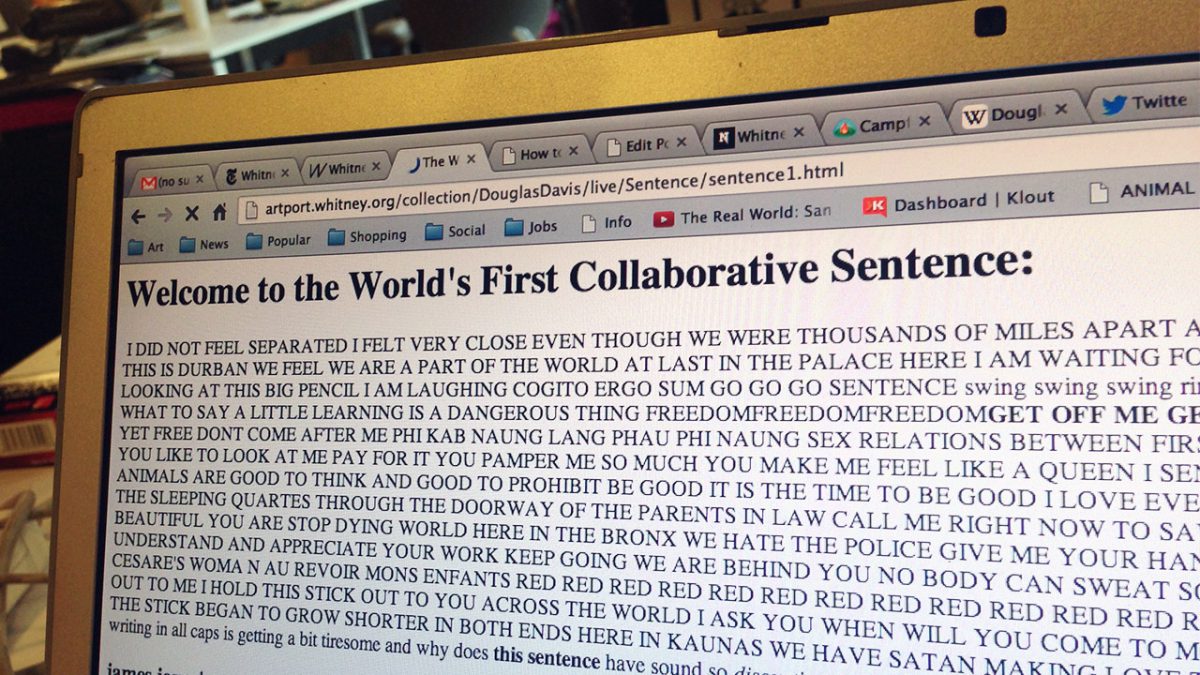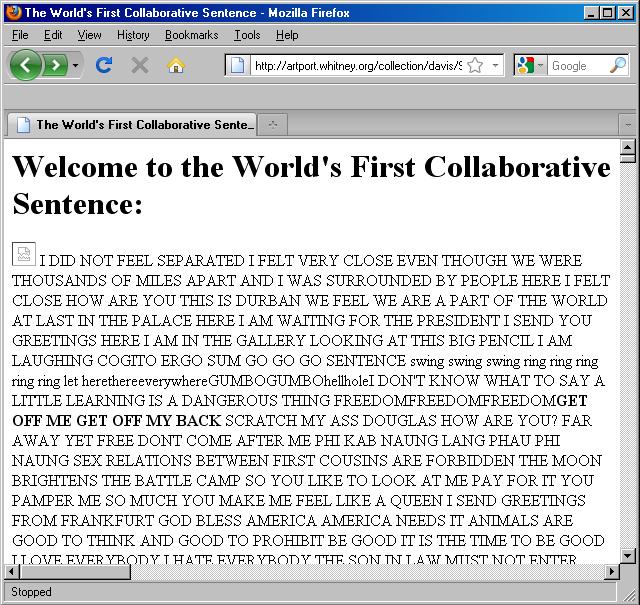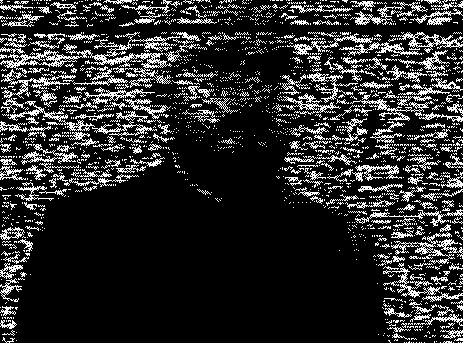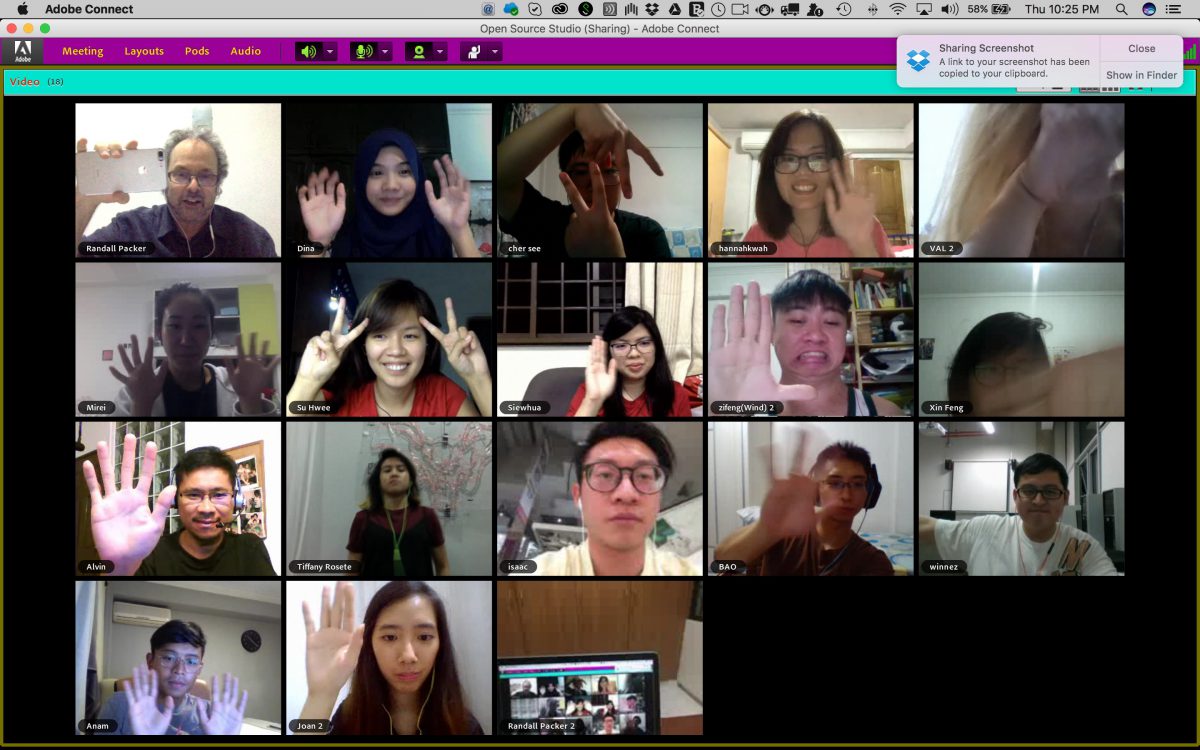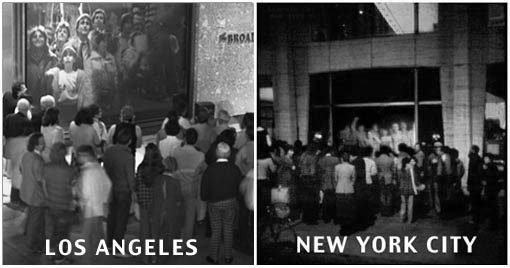Research Critics about Videofreex
“Here Come The Videofreex” was a fascinating documentary about a group of people finding ways to distribute and broadcasting their own video after being fired by CBS for their unique content. I had watched the hour long documentary and I find it extremely inspiring and interested in their journey.
If there was one word that could be used to describe the content that Videofreex were producing, it would be unfiltered. In the older days, films and television programs were often formal and filtered. Films often have the same plot line and bits that were choreographed to have the fine polish the audiences would expect and the news coverage was just a man sitting in front of a camera and reporting about the political tension that was happening at that time. However, the Videofreex bought the Sony Portapak to the street and film the protests and demonstrations at that point of time. It felt real, textured, exciting and unfiltered. It reviewed the real problem the society faced and allowed people on a street to have a voice that would be heard by thousands of viewers. I believed this had sparked a new form of journalism. Everyone with a camera now could report on a major event, everyone is a journalist!
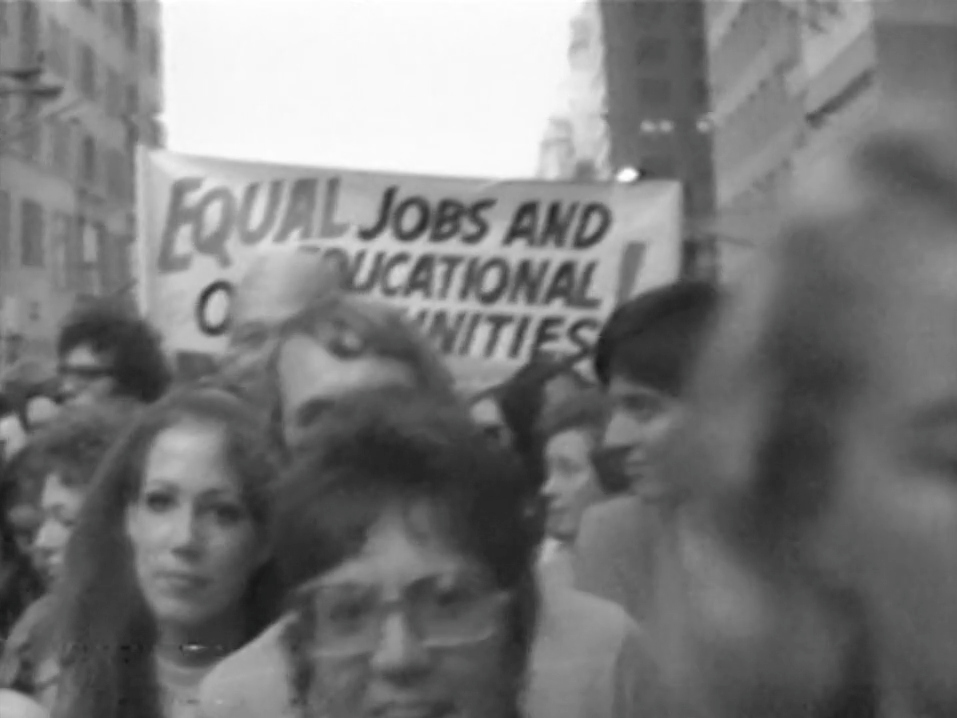
An example that I found similar would be a Youtuber/Journalist called Tim Pool producing videos about today’s political climate. He often filmed down protests or demonstrations and interviewed people that were participating the event. I would say both the Videofreex and Tim Pool had achieved the same goal of shedding light on whats really happened in today’s society. It also had shifted the power of mainstream media to alternate sources such as Youtube and Facebook. People no longer have to get their daily doses of news from big television networks such as CBS or CNN.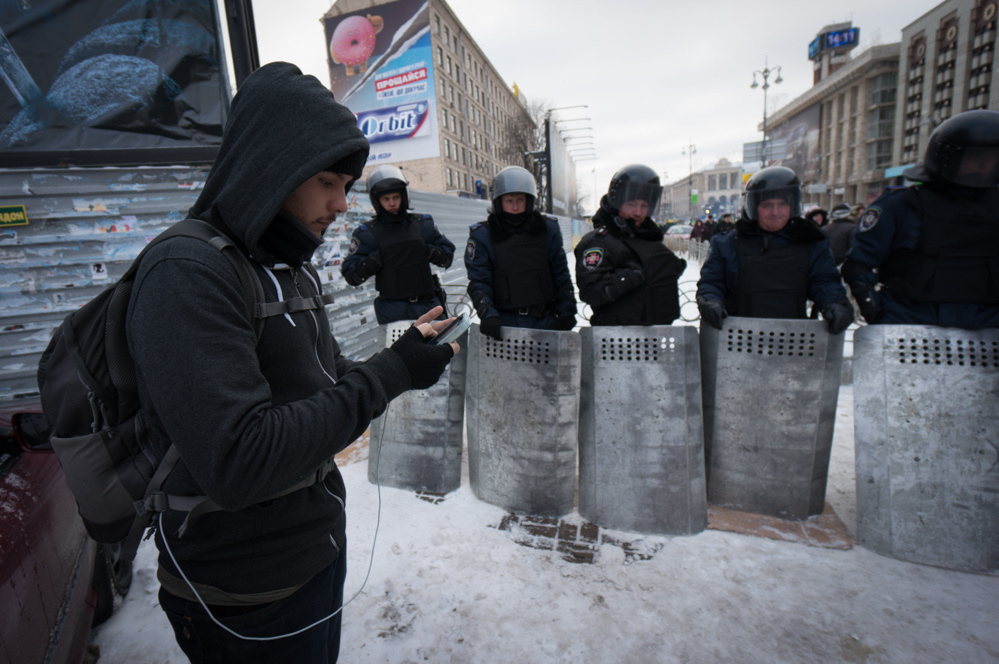
Another thing that I found extremely interesting about Videofreex were that the footage they broadcast were often about their daily lives and the event happening in Lanesville. Neither did they have any lavish set to use as a background nor did they have any beautiful costume to doll themselves up in front of the camera. However, people were attracted to their content, people were attracted to them, the Videofreex. They were attracted to the video of their daily lives and happenings! I believed that was also the reason why they were so charismatic because they were capturing life. The life of millions of people that lived like them, that why they were so relatable because the Videofreex remind people of themselves!
The Videofreex had broken the stagnate state of television programs and were the first to have experimented with the third space. The audiences were treated to an idea of having to interact with the people on their television and Videofreex were able to interact back using a telephone. They were interacting in a shared space, the third space. In today’s society, we were able to see such interaction everywhere and everytime someone uses social media to broadcast or every time someone tweet or post about their lives. I would like to quote a sentence from an article about “The Third Space” by Randall Packer as it would properly illustrate the connectivity of our being.
Nowadays, our sense of being and presence is scattered throughout the third space. We are everywhere.
